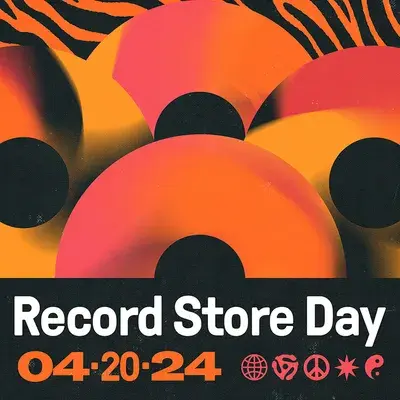Grooves of Legends: Vinly's Impact on Music History
- Xochilth Herrera
- Jan 25, 2024
- 1 min read
Updated: Jan 31, 2024

Records were first introduced in the late 19th century, when vinyl records were known as just "records," and they gained popularity due their durability along with their unmatched sound quality compared to previous music formats. Since people were able to play music at their homes, this helped revolutionize the way people consumed music. This meant the reliability of concerts and live performances wasn't the only source of listening to music individually. As for the Gold Age of vinyl in the 1950s to 1960s, rock and roll became very prominent, which gave us emerging artists such as The Beetles and Elvis Presley. This was the point where vinyl sales skyrocketed, allowing vinyl to be the symbolism of youth and rebellion.
During the 1980s and 1990s, there was a decline in popularity due to the production of CDs and digital formats gaining traction. Leading many record stores to close and vinyl record production to a minimum. However, in spite of the decline of vinyl records, there was a determined community that kept the format alive. They appreciated the detail in the album's artwork, the tangible feel of the records, and the quality of the sound. In the early 2000s, the music industry experienced the comeback of vinyl's driven by nostalgia, a tangible feel, the appeal of collecting rare or limited-edition releases. Record labels started reissuing classical albums, and new artists started to release their music in vinyl format to cater to the growing demand for vinyl records today.









Comments